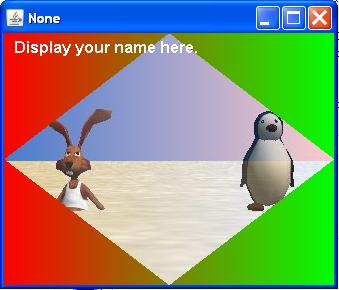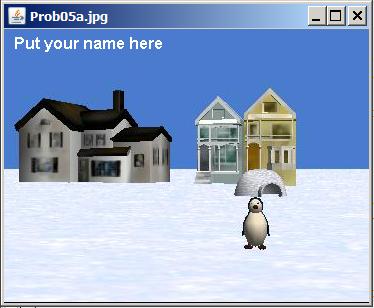| << Chapter < Page | Chapter >> Page > |
Revised: Sun Jun 05 10:59:02 CDT 2016
This page is included in the following Books:
This is a page from the book titled The json-simple Java Library . The book explains how to use the json-simple Java library to generate, transform, and query JSON text. This page provides review questionsand answers for the page titled Json0225: Encoding JSON Arrays . Once you study that page, you should be able to answer the review questions in this page.
The questions and the answers in this page are connected by hyperlinks to make it easy for you to navigate from the question to the answer and back again.
When a question or an answer provides a link to a figure or a listing, you should open that link in a new window tomake it easy to view while reading the question or the answer.
NOTE:
With respect to the screen output shown on this page, ignore the presence or absence of output similar to the following:
Note: Code99.java uses unchecked or unsafe operations.
Note: Recompile with -Xlint:unchecked for details. True or False? The JSONArray class extends the standard Java HashMap class.
True or False? The JSONArray class represents a true Java array. The elements in a JSONArray object can be accessed using the square bracket ([]) notation commonly associated with Java arrays.
True or False? The code in Listing 1 produces the screen output shown in Figure 1 .
True or False? The code in Listing 2 produces the screen output shown in Figure 3 .
True or False? The code in Listing 3 produces the screen output shown in Figure 5 .
True or False? The code in Listing 4 produces the screen output shown in Figure 6 .
True or False? The code in Listing 5 produces the screen output shown in Figure 8 .
What is the meaning of the following two images?
These images were inserted here simply to insert some space between the questions and the answers to keep them from being visible on the screen at thesame time.

This image was also inserted for the purpose of inserting space between the questions and the answers.

True. As a subclass of the ArrayList class, an object of the JSONArray class allows duplicate elements.
False. The code in Listing 4 produces the screen output shown in Figure 7 .

Notification Switch
Would you like to follow the 'Object-oriented programming (oop) with java' conversation and receive update notifications?